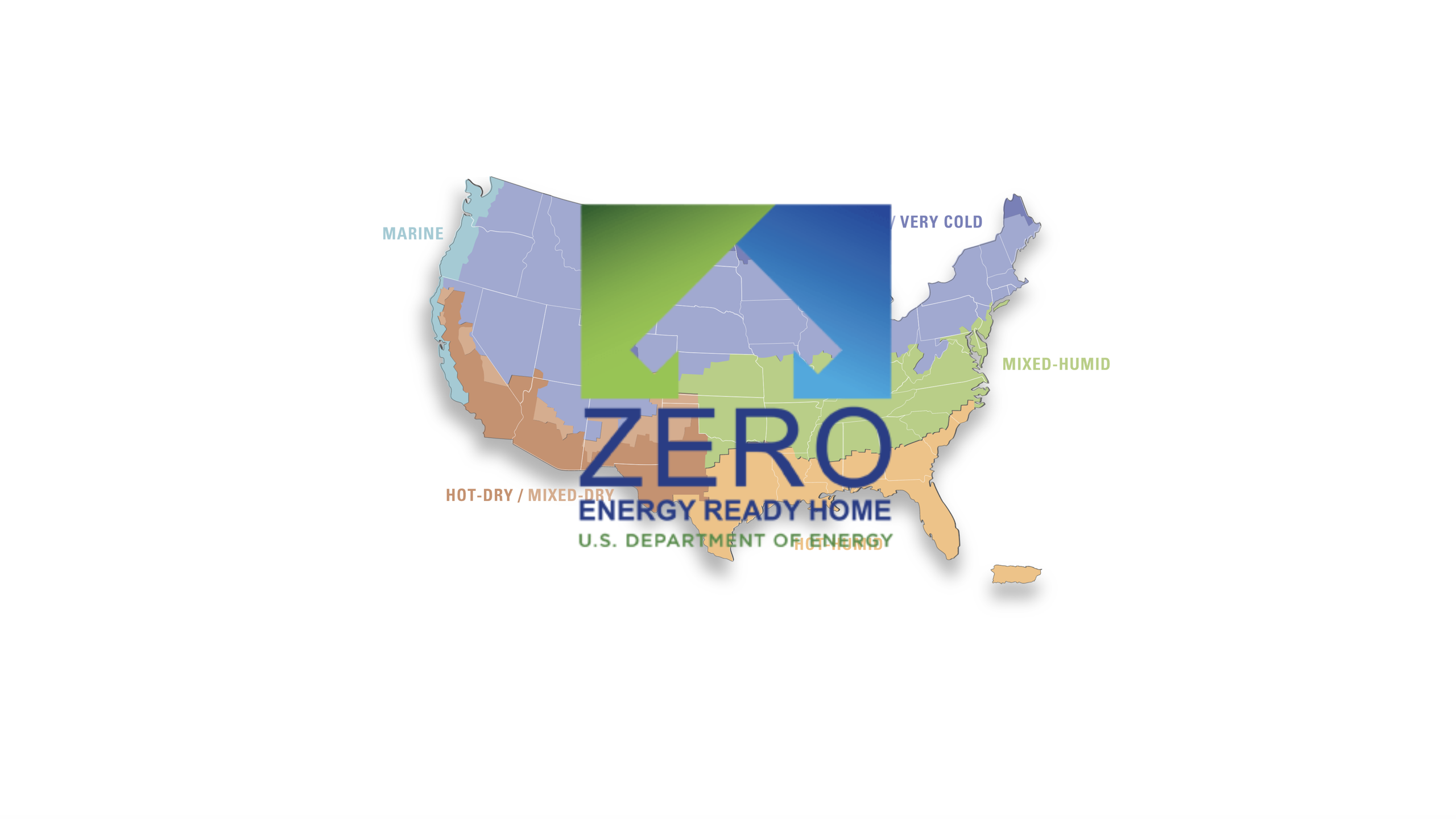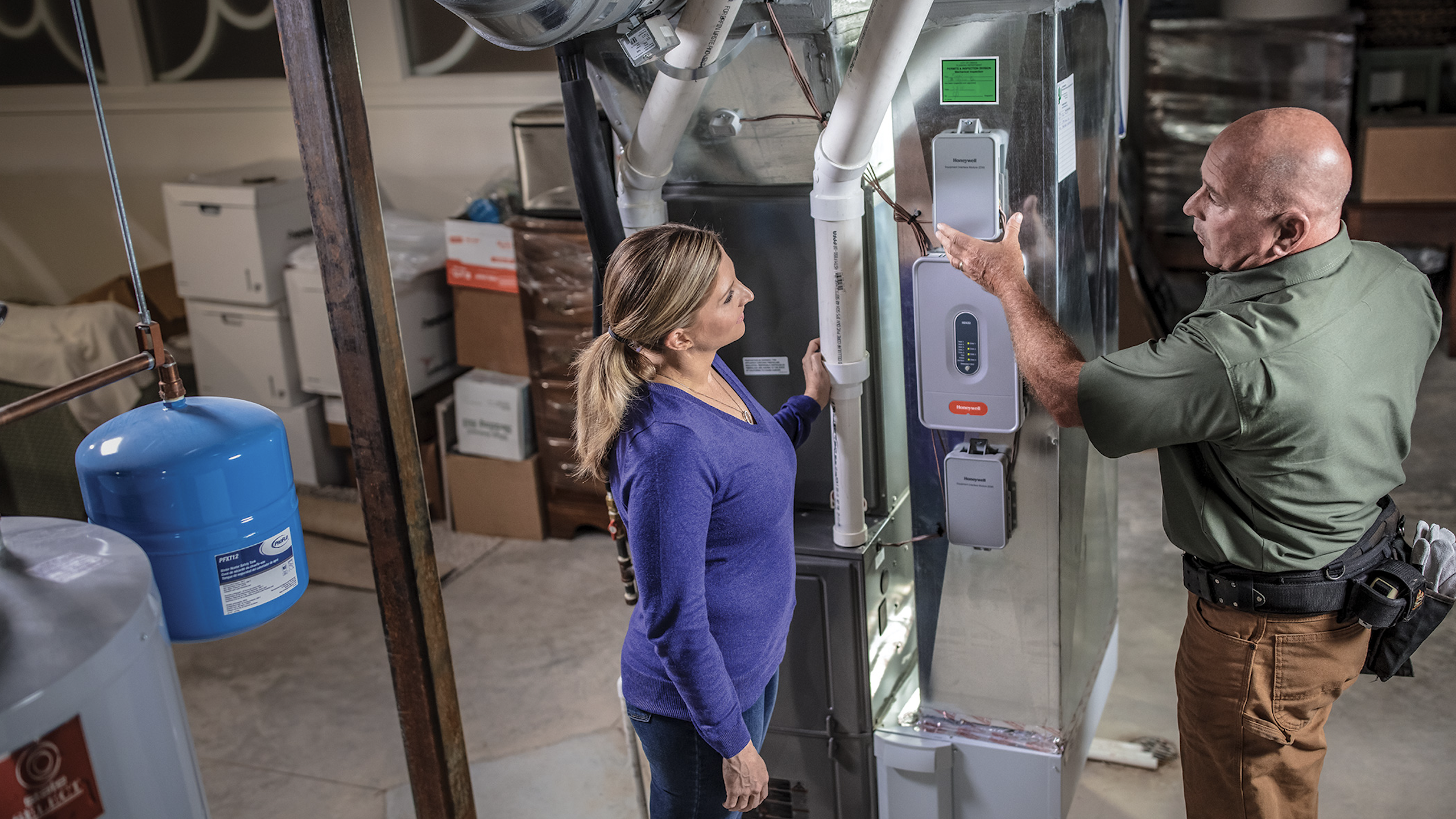The recent housing crisis has made many Americans more conscious of the gap between homeowners and rents. The nation's housing market has been split into three distinct segments: homeowners with mortgages or loans on their property; renters; and people who own their home outright.
According to the 2010 census and reported by the Demo Memo blog, 45 percent of the nation's 117 million households are homeowners with a mortgage or loan on their property. Another 35 percent are renters, and 20 percent are homeowners who own their home free and clear. These segments vary in size by state.
Homeowners with mortgages: In eight states, more than half of households are homeowners with mortgages or loans on their home. Utah ranks number one in this category, with 54 percent of the state's households headed by homeowners with a mortgage. The other states in which the majority of households are homeowners with mortgages are Maryland, Minnesota, Delaware, New Hampshire, Colorado, Indiana and Virginia. The state with the smallest percentage of encumbered households is New York, at 36 percent.
Renters: New York tops the list in the percentage of households that rent, at 47 percent, most of them in the New York metropolitan area. The only other states in which renters outnumber the other two categories (homeowners with and homeowners without a mortgage) are California (44 percent) and Hawaii (42 percent). West Virginia has the fewest renter households, at 27 percent.
Homeowners free and clear: West Virginia is the state with the largest percentage of homeowners who own their home free and clear, at 35 percent. Other states in which at least one in four households are homeowners without mortgages are: Mississippi, North Dakota, Louisiana, South Dakota, Montana, Arkansas, New Mexico, Alabama, Oklahoma, Wyoming and Iowa.
For more information: https://demomemo.blogspot.com/2011/08/three-housing-markets.html
Related Stories
Business
November Data: Custom Architects Weigh In, New Construction Trends, Contractor Confidence, and Material Price Changes
We've collected highlights from a number of data reports published throughout the industry in November
Codes & Standards
OSHA's Preliminary List of 2023's Most Frequently Cited Standards in Violations
Fall-related violations continue to plague the construction industry despite ample free education and resources
Case Studies
New Pandemic Task Force to Enhance Building Safety
A soon-to-be-appointed Pandemic Task Force seeks to strengthen the built environment in the face of disease-related threats
Data & Research
October's Data From Around the Industry
In October, we saw reports on remodeling spending, individual septic system installations, and the widespread use of rate buydowns to sell new homes
Custom Builder
Take Part in Our Annual Housing Forecast
The best way to understand the residential construction industry is to speak with residential construction professionals. And with that being said, we humbly ask for your input in this year's survey
Custom Builder
How the Zero Energy Ready Home Update Emphasizes Resilience and Decarbonization
ZERH Version 2, released in December of 2022, will boost the efficiency and performance of single-family homes, preparing them for the increasingly oppressive weather
Business
How to Attract and Retain a Multi-Generational Workforce
Attracting skilled laborers remains a top priority for the construction industry, but according to Steve Bench, founder of Generational Consulting, the biggest roadblocks to recruitment and retainment are generational differences
Construction
Small-Duct, High-Velocity HVAC: What It Is and Why It Pairs Well With Modular Homes
Modular home manufacturers, builders, and owners now have many choices when it comes to indoor climate systems, but small-duct, high-velocity (SDHV) systems may be the perfect fit for these types of homes
Codes & Standards
An Introduction to the Zero Energy Ready Home Program
Late in 2022, the U.S. Department of Energy's Zero Energy Ready Home program announced the rollout of ZERH Single Family Version 2
Construction
Guest Column: Residential Construction Trends to Follow in 2023
PERC shares homeowner trends to keep on your radar in the New Year.













